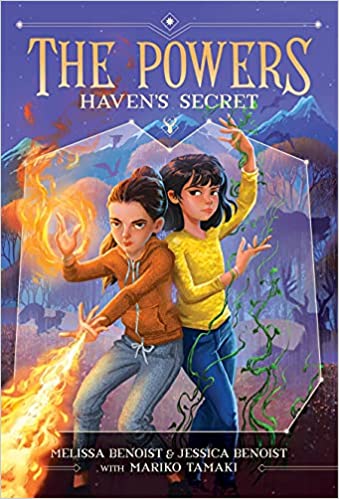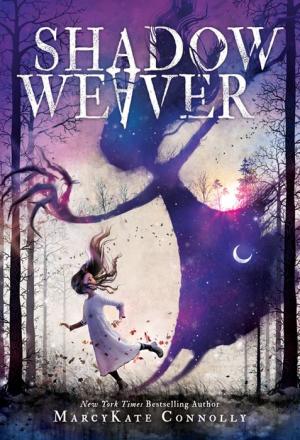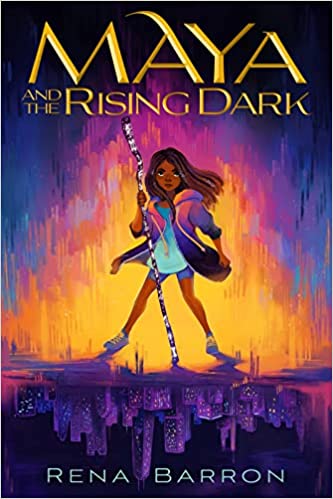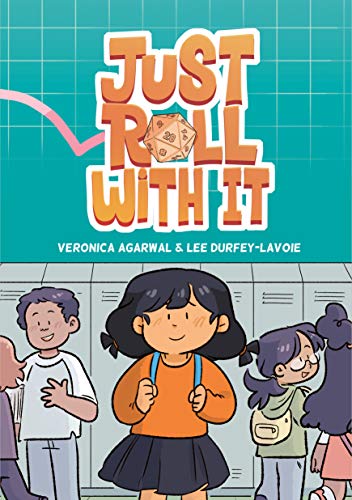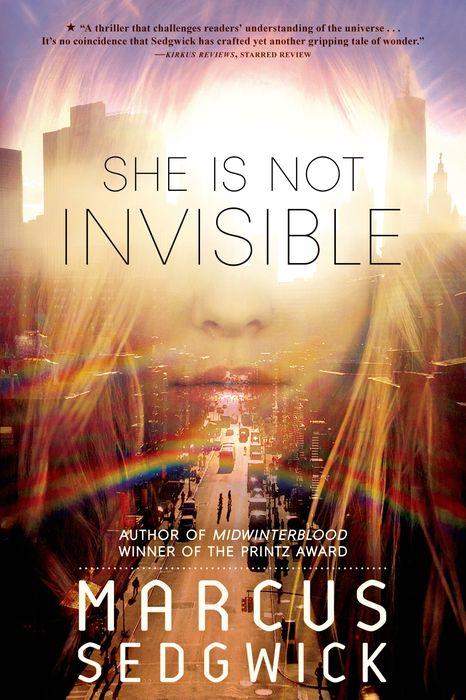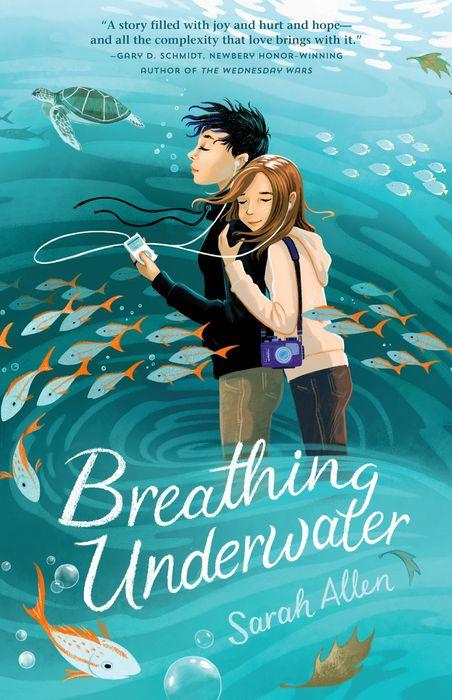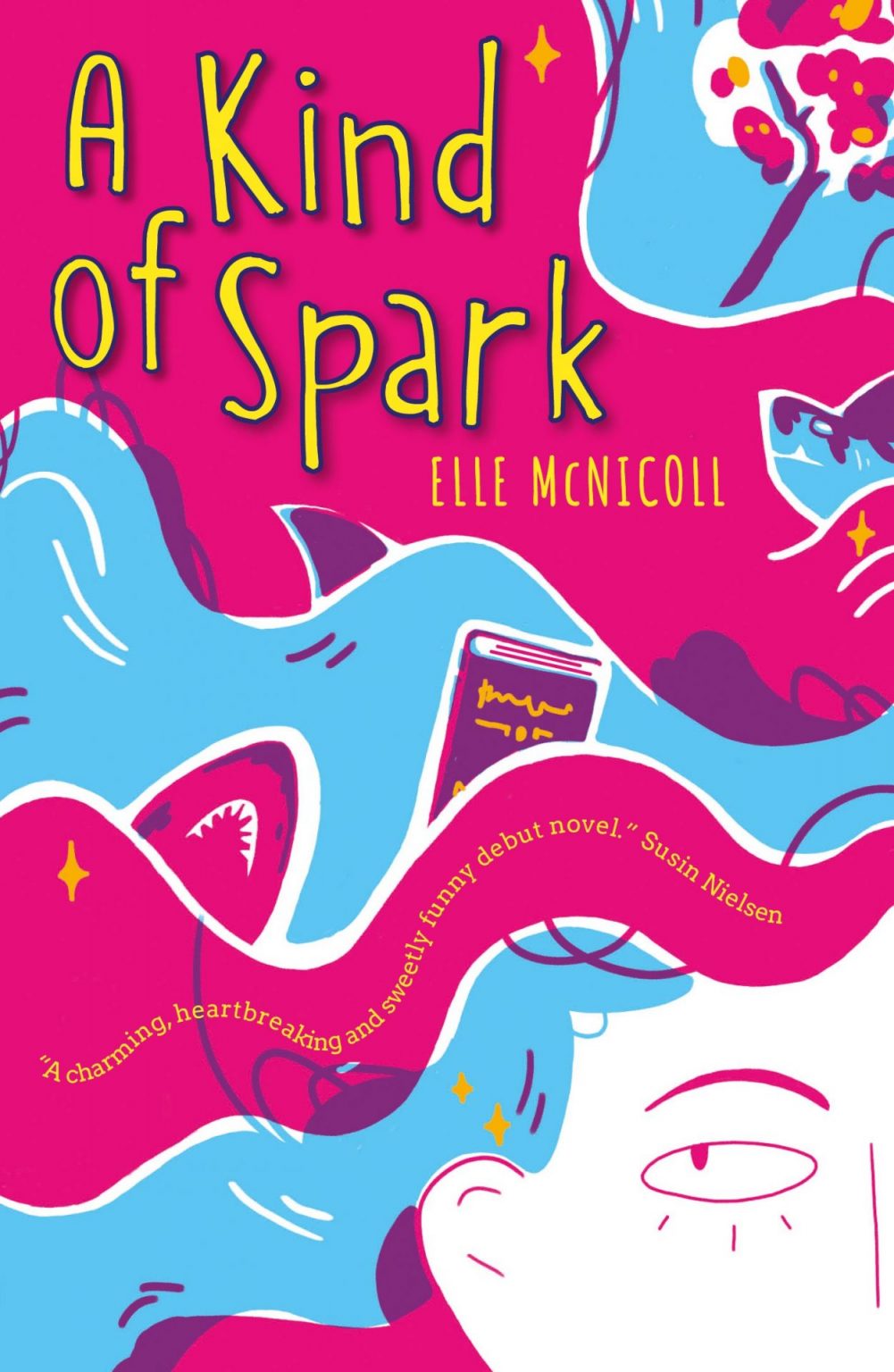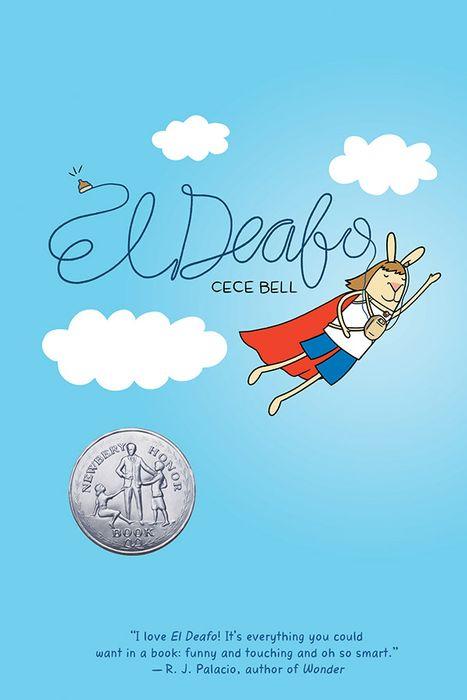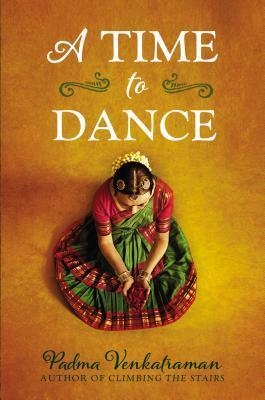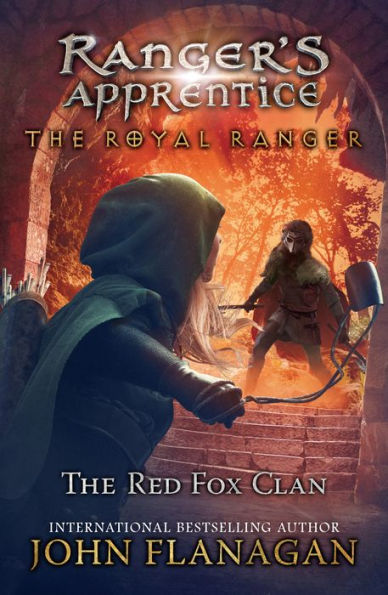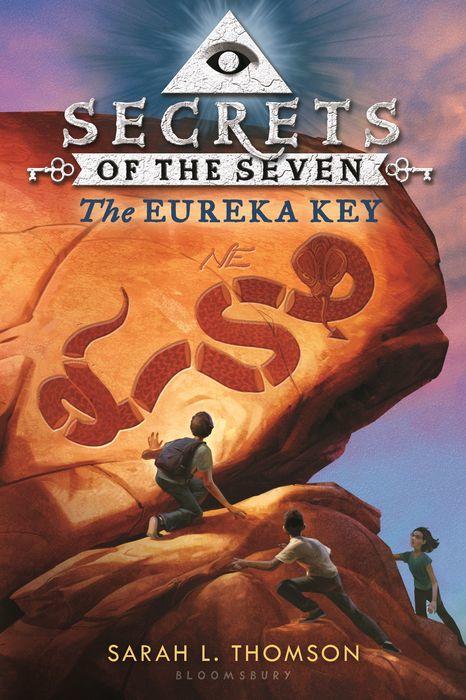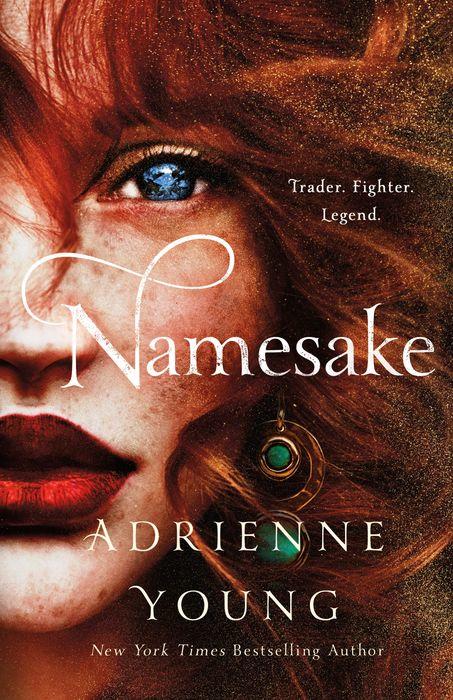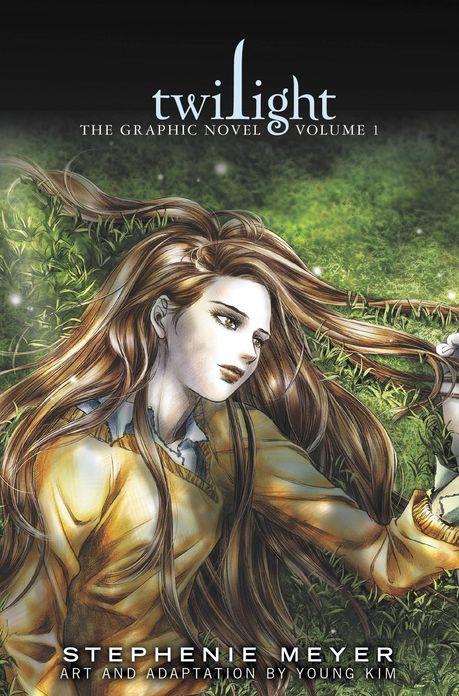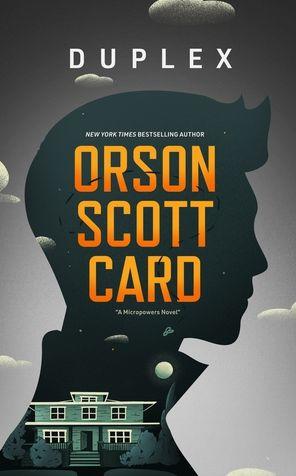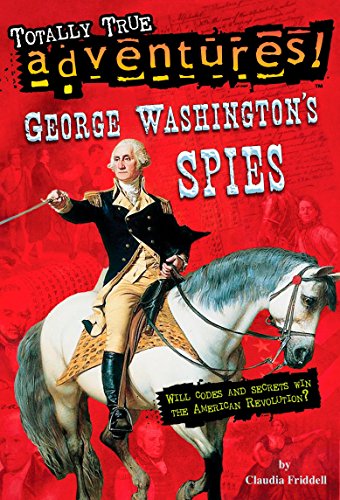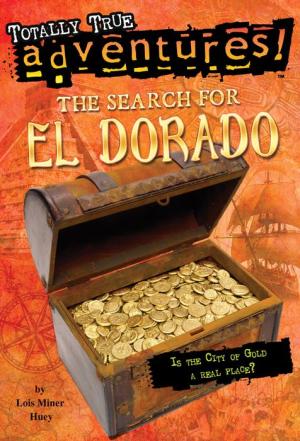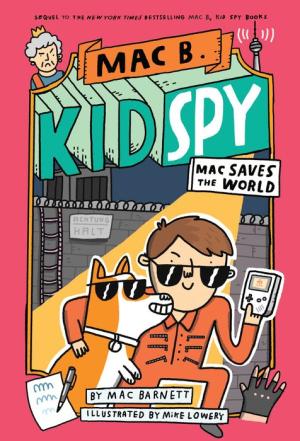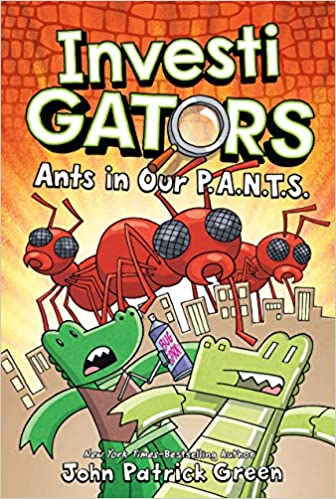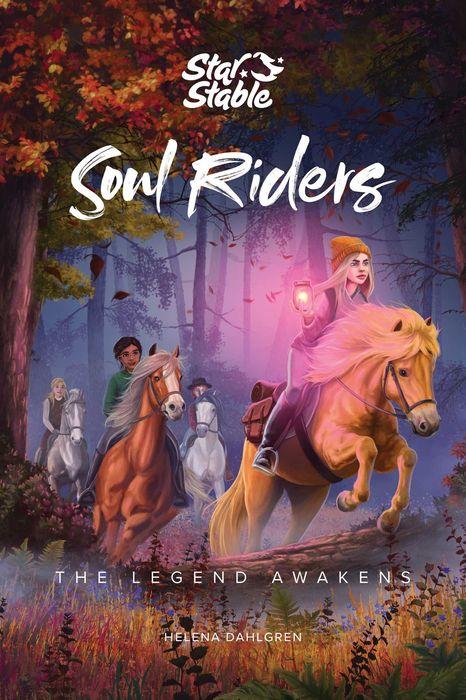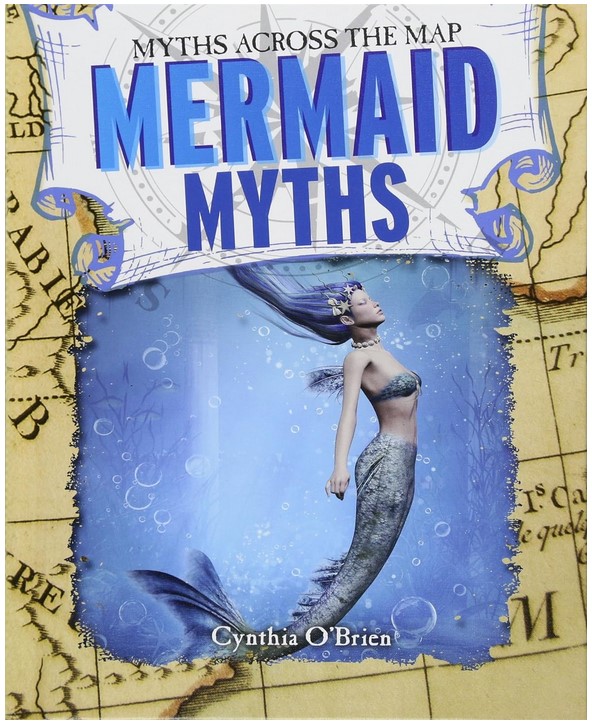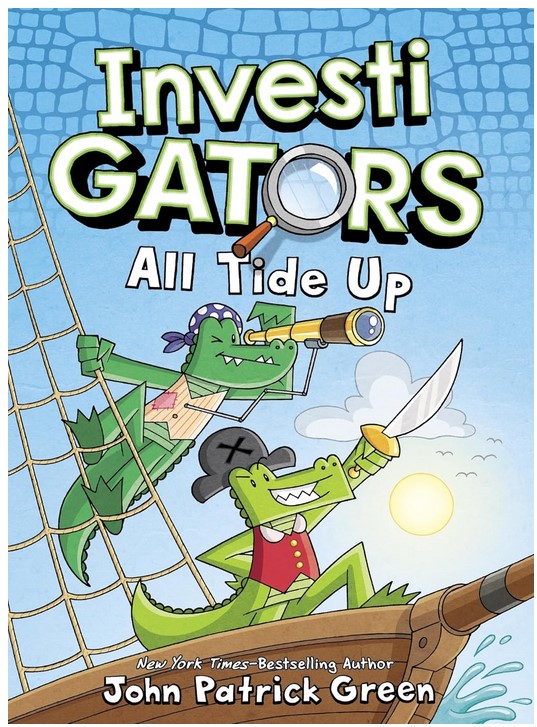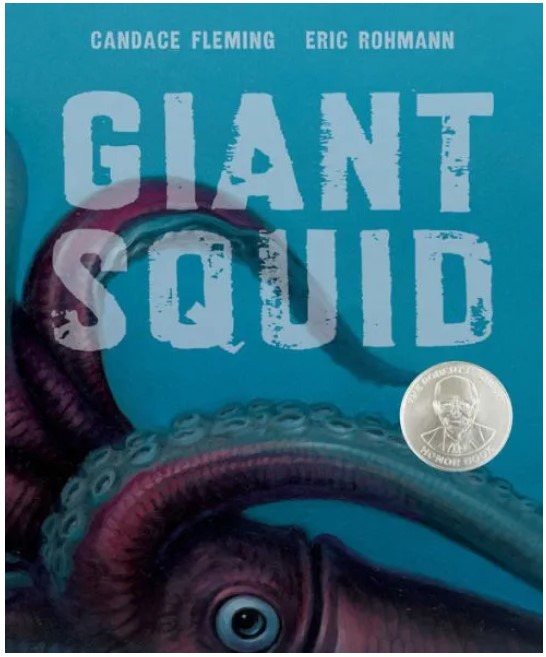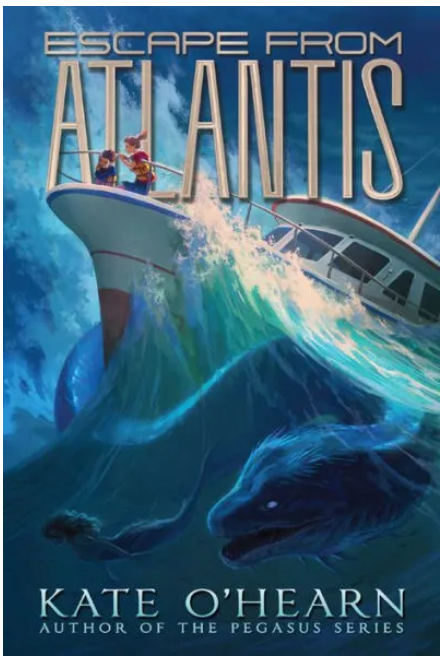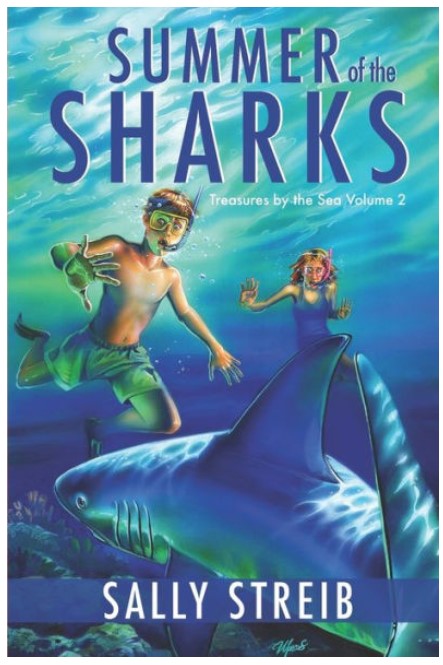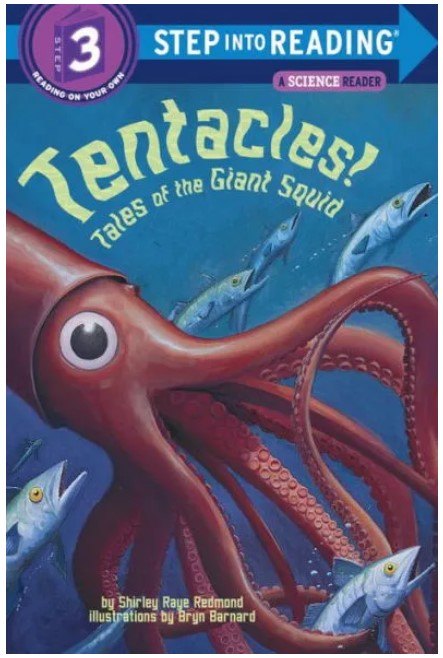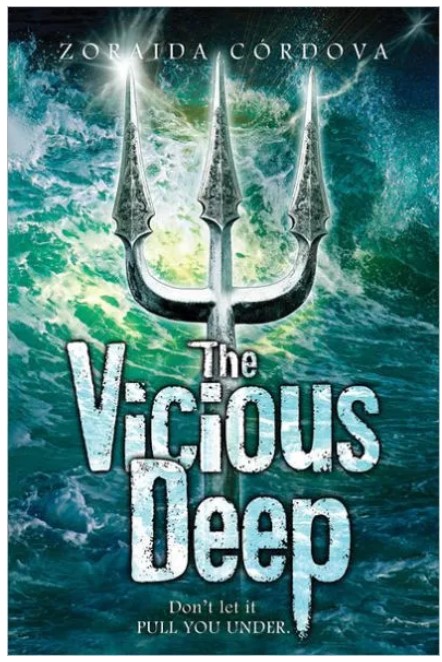Twin sisters, Parker and Ellie McFadden, could not be more different. Parker is a firecracker, always bursting with energy, which she channels into her athletic activities. Ellie is gentle and quiet with a big heart for all types of animals, even spiders. Their mom, who was an environmental scientist, inspired the girls’ love for nature and was always traveling for dangerous research projects until one fateful scuba diving mission that led to her death. Before their mom died or abandoned them as Parker likes to believe, she set aside special gifts for each of her daughters to receive on their birthday. This year, they receive two bracelets and two notes reminding them to “listen carefully,” and “sisterhood comes first,” and “the magic will follow.”
Aside from the bracelets, Parker and Ellie get an even bigger surprise when their father informs them they will be spending the summer with their Great Aunt Mabel and Great Uncle George from their mom’s side of the family. Despite Parker’s protests, Mr. McFadden insists this trip will be good for the girls and that their mother had also spent time with her aunt and uncle as a kid. The next day, George and Mabel, an eccentric pair of twins, arrive to take Parker and Ellie to their mountain home which they call Haven.
Since arriving in Haven, Parker and Ellie find strange things happening. Ellie can hear animals’ thoughts and control plants, while Parker can generate fire and heat from her hands and make the ground move. Determined to find answers, Parker and Ellie explore Haven. In their mom’s old room, Ellie finds a box of pictures and notes from her mom and another girl, Sadie. Meanwhile, Parker uses an astrolabe, a special birthday gift from a previous year, to decipher the coordinates of their mom’s last locations before she went away. After demanding information, George and Mabel explain that Haven is no ordinary farm, but a sanctuary that offers protection from The Danger, a harmful force caused by human greed. Those who possess powers, like Parker and Ellie, George and Mabel, and their mother, have the responsibility to work with the environment to restore balance.
Even with this information, Parker and Ellie become suspicious of Haven and its secrets. George and Mabel are obviously withholding information, and Mabel grows increasingly wary of Parker’s strong powers and her inability to control them. Eventually, Mabel confesses that Sadie was their mom’s twin sister, and her thirst for power led to their mom’s death. Mabel expresses concern that Parker will betray Ellie in the same way if her powers are not controlled.
Suspense increases for Parker and Ellie after their dad warns them over the phone that they are in danger and must leave Haven immediately. Suddenly, everything becomes clear when Parker cracks the last astrolabe coordinate and discovers the last place her mom was before her death was Haven. The girls realize Haven is no longer safe and Mabel can’t be trusted. Parker and Ellie must work together and trust in their powers to stop Mabel from disturbing the earth’s balance and letting The Danger win.
Haven’s Secret is the first book in The Powers Series, and the story ends with a cliffhanger teasing more adventure to come. Although the book is written in third person, the chapters go back and forth between focusing on Parker’s and Ellie’s perspective. Because of their unique personalities, readers will be able to relate to either Parker or Ellie. In addition, the novel has strong themes of sisterhood and teamwork as Parker and Ellie realize they are stronger together. The book also has important environmental themes such as practicing sustainability by utilizing recycled materials. The Danger is also a symbol for climate change and environmental neglect, and Parker and Ellie’s powers are used to support environmental activism.
With its environmental themes, Haven’s Secret is an important and timely book. Overall, it is an exciting read with all the twists and secrets Parker and Ellie uncover at Haven. The ending, especially, is sure to keep you on the edge of your seat. Although the pacing is a little slow in the beginning, readers will admire Parker and Ellie’s sisterly bond and get inspired to help the environment. If you’d like to read another magical book that has environmental themes, pick up a copy of Spark by Sarah Beth Durst.
Sexual content
- None
Violence
- While running through the forest, “Parker’s foot skidded on the mud a second time and she pitched forward, right into a stupid tree. Face first . . . Her head flooded with pain, grimy water seeped through the knees of her jeans, and something primal rose up within her, overtaking her body and mind.” Parker is hurt.
- A wounded cow arrives at Haven. “It’s left hind leg had a giant gash in it, almost as if the animal had gotten in a barn fight.” George and Ellie work together to help heal the cow.
- As part of her powers, Ellie feels the pain of the wounded animals around her. As she walks closer to them, she feels “pain shimmering through every end of her body, until she was doubled over with it.” Ellie has to focus and stay strong in order for the pain to subside.
- Ellie helps heal an injured wolf that has “a deep gash between his ribs—his blood pooled beneath him.” The animal is hurt by a growing storm caused by The Danger. We do not see exactly when the wolf was injured.
- To protect her and her sister, Ellie blows a magical whistle their mother had given them, and “Mabel screeched as if the pain of the entire world was upon her.”
- As Parker and Mabel fight each other, “glass shards skittered across the floor. Parker focused on the rain outside the window, drawing it into her own private tempest, thrusting it against Mabel’s wintry hailstorm. The two storms crashed together above George’s bed, and he lifted a frail arm to shield his face from the deluge of rain and hail.”
- When Mabel’s storm falters, “the wolf Ellie had healed chose its moment to spring onto Mabel’s back.” As a result, “Mabel shrieked.” Her cries reveal she is in pain, but neither the pain nor the violence is described in detail.
- Mabel’s rage destroyed Haven. It is implied that George and Mabel were killed in the destruction.
Drugs and Alcohol
- None
Language
- None
Supernatural
- In the prologue, The Danger, a dark, magical force attacks an unknown character. The Danger “made its presence felt in the swirling wind, the bending trees, the keening animals, the shadows cast by the waning moon . . . It filled her, and she let it. It fused to her body from the inside out, banishing all the parts she’d kept hidden and protected for so long.”
- In a moment of frustration, Parker slams her foot on the ground and “the ground cracked and jolted Parker out of her rage. For a second her whole body rattled like someone was shaking her . . . There, clearly, beneath her sneaker, was a split in the ground.” Before realizing her powers, Parker assumes the crack was caused by an earthquake.
- After meeting Arlo the dog, who lives at Haven, Ellie discovers she can communicate with animals. After Ellie asked Arlo if he would like to come in inside, she could feel him say yes. “It wasn’t like he had actually spoken, but a strong feeling of ‘yes’ had come out of nowhere.” Ellie continues to hear the thoughts of animals throughout the book.
- In the forest, Parker “felt as if a million slender tendrils from the forest were fighting to pull her back and eat her alive.” This is The Danger trying to get her.
- As Ellie walked around Haven, “she noticed buttercups springing up around her feet, almost as if to mark her path.” Later, Ellie discovers that she has some control over plants.
- Parker produces light from her hands, and “the skin on her palms was briefly translucent, exposing what had just been jumping underneath—a landscape of sparks, a million bright pinpricks, all of them screaming and clawing to get out out out into the world—”
- Mabel explains to Parker and Ellie that The Danger “is a malevolent, shape-shifting force created by people’s greed.”
- After getting frustrated with Mabel for not telling the truth, Parker creates a burst of fire and light. “Parker opened her arms wide as the searing heat coursed through her and enveloped the palms of her hands.” As a result, Parker notices the mountain side of the road “was mostly uniform except for a gaping chunk in the middle, the space for the last missing piece of puzzle.” Parker had caused an explosion and shifted bits of the earth. Parker has “the ability to produce light and manipulate the earth’s surface matter.”
- Ellie comes to realize that “all her life, she had been able to see how people were feeling, sometimes even before they saw it themselves.”
- When George grew weak after healing animals, Ellie “stepped in and discovered she could heal animals too.”
- Parker and Ellie notice a mysterious shadow but “light had nothing to do with it. Nothing was casting it. The shadow simply crept of its own accord. And then it was gone.”
- When a vine begins to choke Ellie, “she visualized the vine receding, herself taming it with merely a thought,” and, “around her neck and shoulders, the vines loosened.”
- George explains to Parker “that the powers don’t just run in our This is bigger than just us. Lots of other people have powers.”
- As Mabel becomes more power-hungry, “showers of sparks danced from her irises and arced down to the floor trailing thin ribbons of black smoke.”
Spiritual content
- None
by Elena Brown
